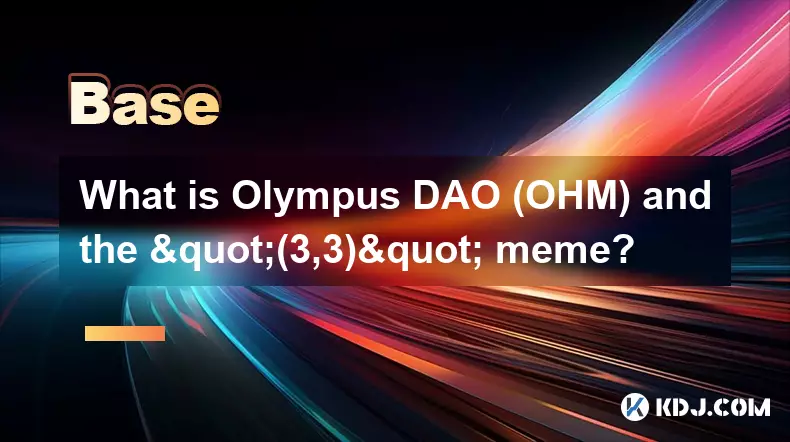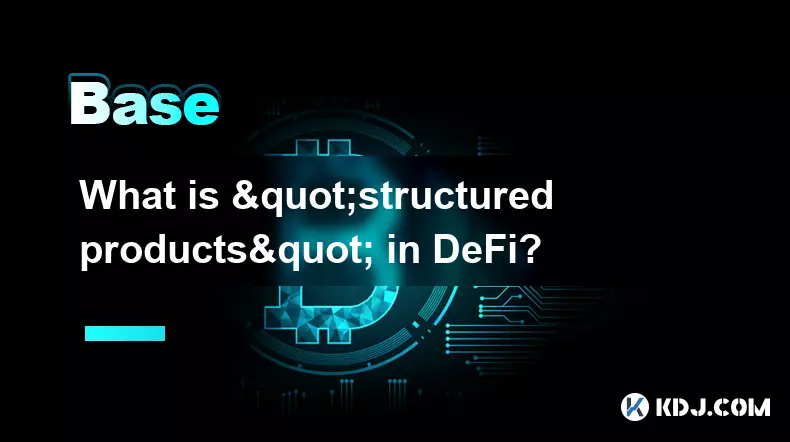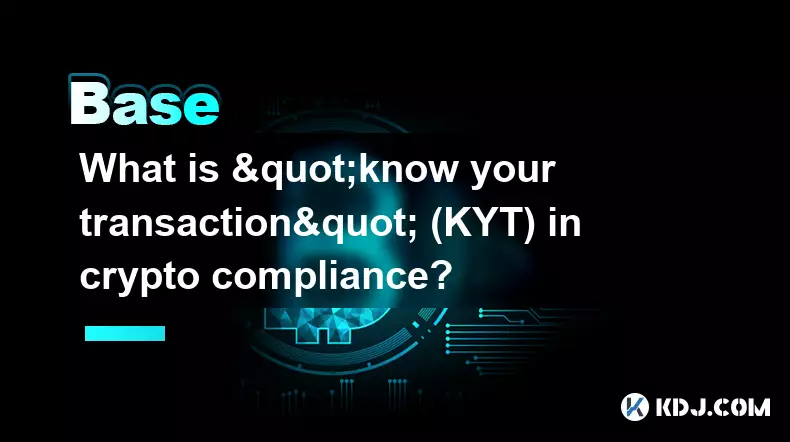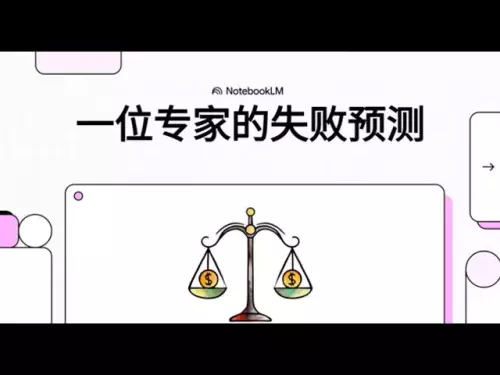-
 Bitcoin
Bitcoin $110500
1.25% -
 Ethereum
Ethereum $4293
-1.16% -
 Tether USDt
Tether USDt $1.000
-0.01% -
 XRP
XRP $2.801
2.05% -
 BNB
BNB $849.6
0.42% -
 Solana
Solana $204.0
2.56% -
 USDC
USDC $0.9999
0.00% -
 TRON
TRON $0.3372
0.33% -
 Dogecoin
Dogecoin $0.2112
-0.30% -
 Cardano
Cardano $0.8146
1.05% -
 Chainlink
Chainlink $22.91
0.69% -
 Hyperliquid
Hyperliquid $43.84
0.00% -
 Ethena USDe
Ethena USDe $1.001
-0.01% -
 Bitcoin Cash
Bitcoin Cash $583.3
7.01% -
 Sui
Sui $3.242
0.76% -
 Stellar
Stellar $0.3599
2.25% -
 Avalanche
Avalanche $23.75
1.18% -
 Hedera
Hedera $0.2139
-0.34% -
 UNUS SED LEO
UNUS SED LEO $9.558
-0.30% -
 Cronos
Cronos $0.2505
-7.26% -
 Litecoin
Litecoin $110.0
1.05% -
 Toncoin
Toncoin $3.142
0.54% -
 Shiba Inu
Shiba Inu $0.00001233
1.73% -
 Polkadot
Polkadot $3.759
0.91% -
 Uniswap
Uniswap $9.437
0.93% -
 Bitget Token
Bitget Token $5.068
8.45% -
 World Liberty Financial
World Liberty Financial $0.2251
-9.23% -
 Dai
Dai $0.9998
-0.01% -
 Monero
Monero $262.1
0.77% -
 Aave
Aave $311.8
1.76%
What is Olympus DAO (OHM) and the "(3,3)" meme?
Olympus DAO uses bonding and staking to build protocol-owned liquidity, with "3,3" symbolizing community-driven cooperation for shared long-term gains.
Sep 02, 2025 at 06:54 pm

Understanding Olympus DAO and Its Core Mechanism
1. Olympus DAO operates as a decentralized reserve currency protocol built primarily on the Ethereum blockchain. It introduces a new model for stable asset backing by holding various cryptocurrencies in its treasury, such as DAI, FRAX, and ETH. Unlike traditional stablecoins pegged to fiat currencies, OHM is not pegged but instead derives its value from the assets held in the protocol’s reserves, giving each OHM token intrinsic backing.
2. The protocol mints OHM tokens and sells them through bonds. These bonds allow users to purchase future OHM tokens at a discount in exchange for providing liquidity provider (LP) tokens or stablecoins. This mechanism enables Olympus to accumulate assets in its treasury while incentivizing early participation. Bonding provides a funding stream that strengthens the protocol’s financial foundation.
3. Staking plays a central role in Olympus DAO. Users who stake their OHM tokens receive additional OHM over time through a process called rebase. The rebase occurs every eight hours and increases the staker’s balance automatically. This compounding effect encourages long-term holding rather than selling, aligning user incentives with the protocol’s growth.
4. The protocol distributes a portion of bond revenue to stakers, creating a yield that is sustained by protocol-owned liquidity rather than external investors. This shift from investor-owned to protocol-owned liquidity aims to create a more sustainable and decentralized financial structure, reducing reliance on external market makers.
The Origin and Meaning of the “(3,3)” Meme
1. The “(3,3)” meme originated from game theory within the Olympus DAO community, specifically referencing the payoff matrix of the prisoner’s dilemma. In this context, if two players both cooperate, they each receive a reward represented as (3,3). If both act selfishly, they get a lower outcome. The meme symbolizes mutual cooperation and trust between participants in the ecosystem.
2. In the OHM community, “(3,3)” evolved into a shorthand expression of collective alignment. When users stake or bond, they are seen as choosing cooperation—supporting the protocol for mutual benefit. Conversely, selling OHM is interpreted as defection, leading to outcomes closer to (1,1) or (0,0), where trust breaks down and value erodes.
3. Community members use “(3,3)” in forums, social media, and wallet addresses to signal their commitment to the protocol’s long-term success. It has become a cultural identifier, reinforcing a shared belief in decentralized cooperation and financial sovereignty.
4. The meme transcends mere humor; it encapsulates the philosophical foundation of Olympus DAO—value creation through coordinated action rather than extraction. It reflects a shift in how decentralized communities conceptualize trust, incentives, and collective outcomes.
Impact of Olympus DAO on Decentralized Finance
1. Olympus DAO introduced the concept of protocol-controlled value, where a project owns its liquidity instead of renting it through incentives. This model reduces slippage, increases price stability, and allows the protocol to capture long-term revenue from its own ecosystem.
2. The success of Olympus inspired a wave of “forks” and similar protocols, such as Tokemak, Alchemix, and Wonderland. These projects adopted variations of bonding and staking mechanisms, spreading the idea of protocol-owned liquidity across DeFi.
3. By decentralizing control over treasury assets and governance, Olympus empowers token holders to vote on key decisions, including bond parameters and treasury allocations. This governance model reinforces community ownership and resilience against centralized manipulation.
4. The high APYs generated through staking initially attracted significant capital, although they also raised concerns about sustainability. Over time, Olympus shifted toward more conservative emission rates and diversified revenue streams to ensure long-term viability.
5. The protocol’s transparency, with all treasury holdings publicly verifiable on-chain, strengthens trust among participants. Real-time dashboards display bond sales, staking metrics, and treasury composition, enabling informed decision-making by the community.
Frequently Asked Questions
What does OHM staking actually do?Olympus staking allows users to deposit OHM tokens into the protocol and earn additional OHM through periodic rebases. These rebases occur every eight hours and are funded by revenue from bond sales. Stakers grow their holdings over time without selling their position, reinforcing protocol stability.
Is OHM a stablecoin?No, OHM is not a stablecoin. While it is backed by reserve assets in the treasury, its price is not pegged to any external asset. OHM’s value fluctuates based on market demand and the perceived strength of the protocol’s backing and governance.
How does bonding benefit the Olympus protocol?Bonding allows Olympus to acquire assets like LP tokens or stablecoins in exchange for discounted OHM. This strengthens the treasury, increases protocol-owned liquidity, and reduces reliance on external liquidity providers. The acquired assets generate yield or secure trading pairs, further benefiting stakers.
Why is the prisoner’s dilemma important to OHM culture?The prisoner’s dilemma illustrates the tension between individual gain and collective benefit. In OHM’s context, choosing to stake or bond represents cooperation (3,3), while selling represents defection. The meme reinforces the idea that long-term success depends on widespread cooperation within the community.
Disclaimer:info@kdj.com
The information provided is not trading advice. kdj.com does not assume any responsibility for any investments made based on the information provided in this article. Cryptocurrencies are highly volatile and it is highly recommended that you invest with caution after thorough research!
If you believe that the content used on this website infringes your copyright, please contact us immediately (info@kdj.com) and we will delete it promptly.
- XTZ Price Wobbles: Tezos in Neutral as RSI Hovers
- 2025-09-03 00:45:16
- Bitcoin Strategy: Navigating Investment in the Age of Crypto
- 2025-09-03 01:05:17
- Dogecoin Whales, DOT Miners, and Daily Returns: Riding the Crypto Tide
- 2025-09-03 01:25:12
- XRP, Remittix, and Price Predictions: Decoding the Future of Cross-Border Payments
- 2025-09-03 00:50:12
- Syscoin Meetup Heats Up Lima: What's Buzzing?
- 2025-09-03 00:25:13
- Dogecoin Treasury Collapse? A Wild Ride on Wall Street
- 2025-09-03 00:25:13
Related knowledge

What is a "crypto trading bot" and do they work?
Sep 02,2025 at 04:19pm
Understanding Crypto Trading Bots1. A crypto trading bot is a software application designed to automate the process of buying and selling cryptocurren...

What is a "copy trading" platform?
Sep 02,2025 at 07:00pm
Understanding Copy Trading in the Cryptocurrency Space1. A copy trading platform allows users to automatically replicate the trades of experienced inv...

What is "structured products" in DeFi?
Sep 02,2025 at 11:01pm
Understanding Structured Products in DeFi1. In decentralized finance (DeFi), structured products refer to customized financial instruments that combin...

What is "formal verification" for smart contracts?
Sep 03,2025 at 03:00am
Bitcoin's Role in Decentralized Finance1. Bitcoin remains the cornerstone of decentralized finance, providing a trustless and immutable ledger for pee...

What is "know your transaction" (KYT) in crypto compliance?
Sep 02,2025 at 11:36pm
Decentralized Finance and Its Role in the Crypto Ecosystem1. Decentralized finance, commonly known as DeFi, has restructured how financial services op...

What is the Financial Action Task Force (FATF) "travel rule" for crypto?
Sep 02,2025 at 11:54pm
Understanding the FATF Travel Rule in the Cryptocurrency Sector1. The Financial Action Task Force (FATF) introduced the 'Travel Rule' as part of its u...

What is a "crypto trading bot" and do they work?
Sep 02,2025 at 04:19pm
Understanding Crypto Trading Bots1. A crypto trading bot is a software application designed to automate the process of buying and selling cryptocurren...

What is a "copy trading" platform?
Sep 02,2025 at 07:00pm
Understanding Copy Trading in the Cryptocurrency Space1. A copy trading platform allows users to automatically replicate the trades of experienced inv...

What is "structured products" in DeFi?
Sep 02,2025 at 11:01pm
Understanding Structured Products in DeFi1. In decentralized finance (DeFi), structured products refer to customized financial instruments that combin...

What is "formal verification" for smart contracts?
Sep 03,2025 at 03:00am
Bitcoin's Role in Decentralized Finance1. Bitcoin remains the cornerstone of decentralized finance, providing a trustless and immutable ledger for pee...

What is "know your transaction" (KYT) in crypto compliance?
Sep 02,2025 at 11:36pm
Decentralized Finance and Its Role in the Crypto Ecosystem1. Decentralized finance, commonly known as DeFi, has restructured how financial services op...

What is the Financial Action Task Force (FATF) "travel rule" for crypto?
Sep 02,2025 at 11:54pm
Understanding the FATF Travel Rule in the Cryptocurrency Sector1. The Financial Action Task Force (FATF) introduced the 'Travel Rule' as part of its u...
See all articles





















![[Pycoin] PI Coin -Start introduction of practical use (emergency)?! Now .. 'Here' first you can use it first / How to accelerate mining #paikoin [Pycoin] PI Coin -Start introduction of practical use (emergency)?! Now .. 'Here' first you can use it first / How to accelerate mining #paikoin](/uploads/2025/09/02/cryptocurrencies-news/videos/pycoin-pi-coin-start-introduction-practical-emergency-accelerate-mining-paikoin/68b6ea848f2d1_image_500_375.webp)



































































